How to Rent Tron Energy and Make Money Doing It?
Tron is currently practically the only cryptocurrency blockchain that allows users to choose a convenient means for paying for transactions. Even for paying for simple transfers with TRC-10 tokens, a special Bandwidth resource has been created, which is updated daily.
Tron credits each user with 600 units of it for free. If a user runs out of this resource, they can pay with TRX – the native crypto of this blockchain. If this happens during a transaction, the system itself will take TRX as payment for the missing resource.
And for those who interact with smart contracts (TRC-20 standard tokens), the choice of means for paying commissions is even wider. By the way, on other cryptocurrency platforms, the gas fee (short name for commissions for transactions with smart contracts) is charged only in the native crypto.
For gas fees in the Tron blockchain, besides Bandwidth, the Energy resource is also used. These resources compensate for the system's costs of attracting additional capacities (energy, computing) to ensure the necessary network throughput for a specific transaction.
The speed of transactions with smart contracts is one of the highest specifically on Tron. Tron users regularly involved in USDT TRC-20 transfers (a stablecoin pegged to the US dollar rate) have secured the platform's lion's share of popularity:
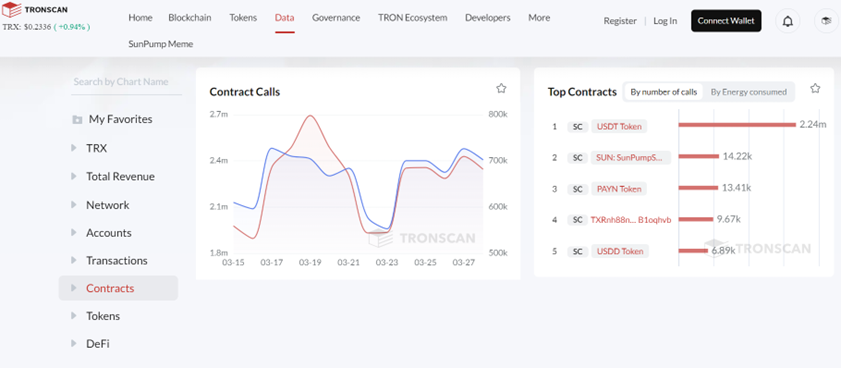
It is precisely for these transactions and due to the increased demand for the service that the blockchain implemented the GasFree function. With it, users indeed do not pay for gas with Tron's special resources – commissions when activating this function are charged in USDT. This costs the user much more than using resources as a payment method. But for lazy users or overly busy holders of large assets who do not want to delve into the intricacies of gas fees, this may be acceptable. As well as for beginners who have not yet grasped the possibilities of Tron resources. This was for reference; we will not discuss this function further here.
Those wishing to save on Tron transactions are still recommended to continue reading. We explain how to use Energy rental on the Tron network to reduce commissions and as a way to generate additional income.
What is Energy on the Tron Network?
Let's return to the main fuel for smart contracts in the Tron system – the Energy resource. All TRC-20 standard tokens are smart contracts, including, by the way, the Tron blockchain's stablecoin – USDT. Developers of decentralized applications and those interacting with them also need a sufficient amount of Energy on their balance, since DApps are also smart contracts, and the most complex ones are packages of smart contracts.
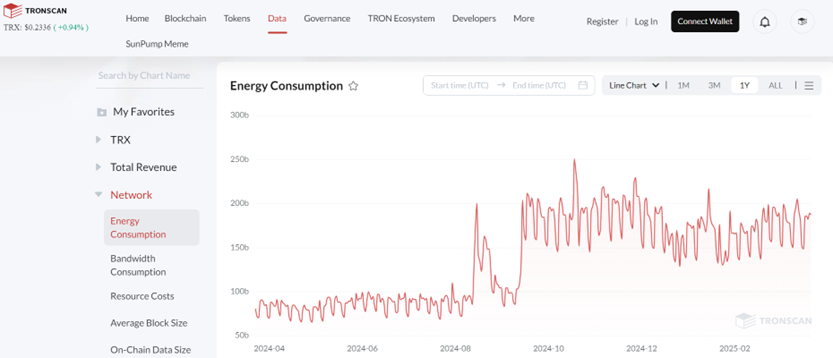
A lack of Energy on the balance leads to increased user expenses for transactions because, as with Bandwidth, the system compensates for the missing volume of Energy by taking TRX from the account. Tron simply sells you the missing Energy at the expense of your native crypto.
Of course, a user can fully pay for a transaction involving smart contracts with native crypto, but this is extremely wasteful. After all, TRX can be sent to staking to receive passive income and resources, participate in blockchain governance, pay for necessary content, exchange, sell, etc. In short, it's better to leave crypto tokens for other purposes that are more beneficial for you.
Especially since you can replenish your balance with the Energy resource in such a way that the transaction will cost the user almost nothing. And if they apply some effort and enterprise, they can also earn money. The path to this goal is not difficult – the correct choice of an automated Energy rental service.
How to Rent Energy on the Tron Network?
Discussing the possibilities of reducing transaction costs when interacting with smart contracts, we rejected GasFree as a narrowly focused function unsuitable for mass use.
Staking requires significant investments that cannot be returned to circulation during the freezing period.
But what if you need it quickly and in large quantities, and at the right time, and when the network is not loaded, and without meticulous calculations, errors in which could lead to burning TRX or transaction freezing, and all this – cheap. Is it really possible? Now – yes.
Ways to Rent Energy
You can easily bring all these wishes to life if you choose the right Energy rental service. There are now enough of them built on the Tron blockchain, and some specialized services, such as FeeSaver and TRON POOL BOT, even have a Telegram bot.
But we recommend choosing the most advantageous and fully automated Energy rental service. Many platforms that now rent out Energy simply added this service to those they consider primary – crypto exchange and sale, futures, exchange operations, etc. Of course, they do not study the Energy market as thoroughly, nor are they overly eager to automate the process. Far from all have their own Telegram bot, let alone an API. Therefore, their commissions are higher than, for example, at NETTS – a modern Energy rental service that has already taken leading positions in this market.
As seen below, charging the wallets of NETTS renters is in full swing. Just look at these volumes. And then – at these prices. Just imagine how much you can save on transactions when you become a client of NETTS – an automated Energy rental service.
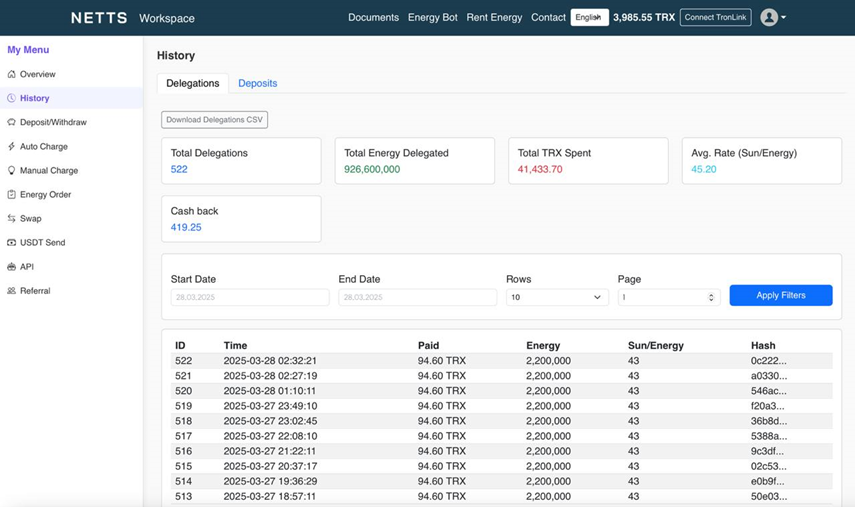
Moreover, you can rent Energy through the web interface with a personal account in Workspace or through the Telegram bot – you are guaranteed all the advantages of full process automation.
Finally, Tron users are not afraid that their TRX will burn due to lack of Energy! Finally, they have the opportunity to pay only for the actually used Energy. Well, how to pay... It can hardly even be called payment for Energy. With these meager commissions, you pay for your comfort and freedom.
Just order the schedule for charging your balance with Energy and get busy with smart contracts – NETTS will do the rest. But there are other modes: trigger-based charging or constant replenishment of the balance with Energy immediately after each transaction (Smart and Host modes).
Did you notice that with NETTS, transactions are free? What leaves your deposit is payment for comfort, and it's not that high. Ah, you still want to compare? Below are two screenshots demonstrating savings of almost 80% and over 80%. The second was taken during a night transaction when the network was minimally loaded.
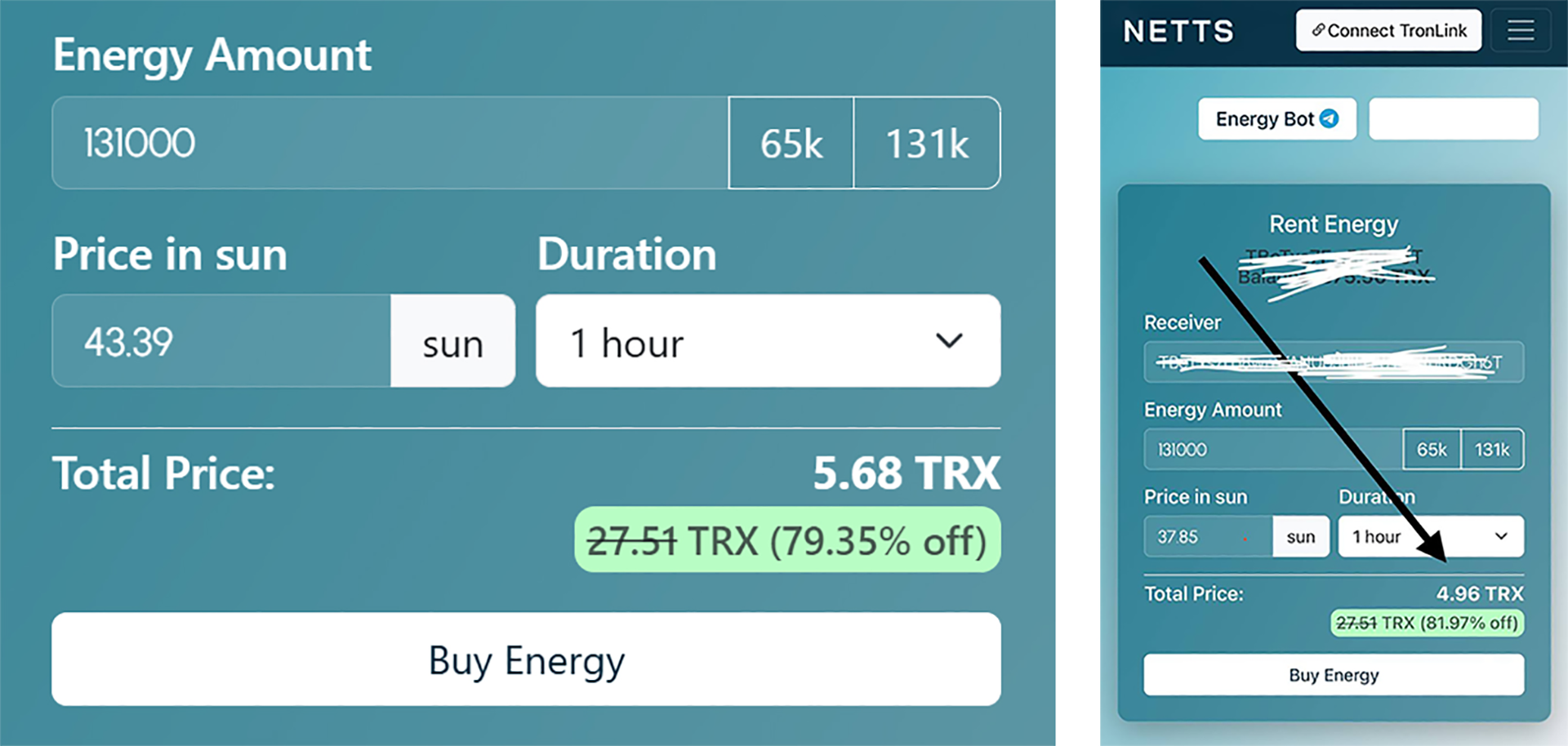
Not ready for large volumes yet? Put just 1 TRX on the Workspace deposit (this is the minimum allowed) – and test it. Choose the mode you need, set the rental period for Energy, the time, the amount of replenishment, as well as the minimum threshold for recharging. NETTS – a fully automated Energy rental service – will do the rest for you.
For one-time transactions, you can simply log in via the website form and make a prepayment, after which NETTS will replenish your balance with Energy.
Rental Process
Usually, automated rental services offer to set up a deposit. If the service is not automated, it may work on a prepayment basis. In this case, funds for rented but unused Energy are not returned, but the unused volume of the resource, of course, does not remain on the balance, meaning you lose funds. A service with an API excludes this.
Your actions may differ slightly depending on the type of service. To place an order, you should:
- access the service via the web interface or Telegram bot;
- fill out an application (form) for the volume of Energy;
- specify the rental period;
- on a service with an API, set the schedule (cycle) for resource replenishment or another supply mode;
- transfer TRX to the deposit or make a prepayment in TRX;
- receive the specified volume of Energy in your wallet (or receive the resource according to the schedule automatically, without any additional actions);
- conduct the transaction (or transactions).
Advantages of Renting
Regardless of the choice of rental service, you will still benefit, receiving a reduction in commissions by 60–70% when cooperating with ordinary services and by 80–82% – when cooperating with NETTS. Rental services allow the renter greater freedom of choice.
If you deal with NETTS, the following advantages are added:
- instant charging of the balance with Energy without manual intervention;
- maximum flexibility – rent in the required volume and for a specific period;
- possibility to set the resource replenishment cycle;
- possibility to choose the most advantageous time for replenishing the balance with Energy (minimum network load).
How to Earn Money by Renting Energy?
Of course, by using rented Energy, you can now more effectively manage the Energy you receive through staking. Here are just a few options for how you can profitably use the saved Energy.
Ways to Generate Income from Renting Energy
- Renting out Energy to other users. Owners of large amounts of TRX can stake them to obtain Energy and rent it out through specialized services and platforms, receiving their share of income from renters.
- Creating your own Energy rental service. With technical capabilities, one can create a platform for renting Energy, earning commissions for providing services.
- Partnering with existing services. Integrating with Energy rental services to receive a share of the profits or commissions.
Conclusion
Renting Energy on the Tron blockchain allows not only significant savings on transaction fees with TRC-20 tokens but also generating additional income.
For renting Energy, use proven automated services that provide an expanded range of services.
When saving staked Energy, consider the possibilities of earning income by renting it out.
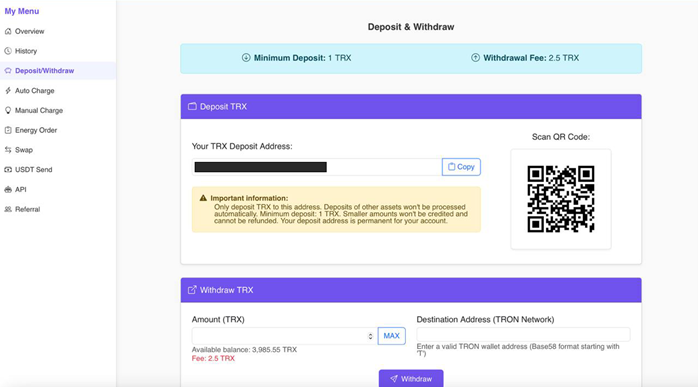
Try the fully automated NETTS service for renting Energy and start saving and earning today.